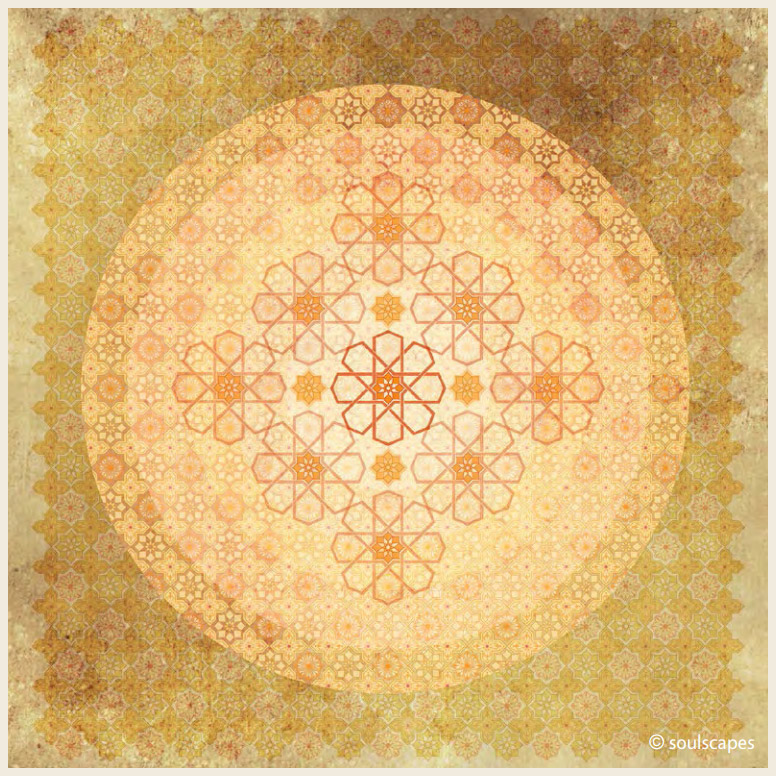
The wound
is the place
where the Light
enters you.
Rûmî
is the place
where the Light
enters you.
Rûmî
EMDR
What is EMDR?
EMDR is the acronym for “Eye Movement Desensitization and Reprocessing”.
EMDR is a psychotherapeutic approach discovered in the USA in 1987 by Francine Shapiro and practiced since then all over the world with thousands of people of all ages and conditions suffering from psychological disorders.
Who is EMDR for?
EMDR is for anyone (from children to adults) suffering from emotional disturbances generally related to psychological trauma.
These can be obvious traumas with a capital “T” such as physical and psychological violence, sexual abuse, serious accidents, deaths, serious illnesses, fires, natural disasters, war situations and attacks, etc.). But it can also be trauma with a small “t” that goes unnoticed and can be the source of maladaptive or excessive emotions or behaviors in daily life (a disrupted childhood, separations, miscarriages and abortions, bereavements, professional difficulties, etc.).
These emotional disturbances are expressed in various forms: irritability, anxiety, nightmares, tendency to isolate, depression, agitated or even violent behavior, physical pain, somatization, etc. Other psychological disorders are also related in some cases to recent or old traumas, sometimes unconscious, and are effectively treated with this method: depression, addictions, eating disorders, panic attacks, agoraphobia, attachment disorders (jealousy, emotional dependence, etc.), phobias, fibromyalgia, chronic migraines, mourning, etc.
These disturbances appear when our brain is overwhelmed by a traumatic shock and is unable to process the information as it normally does. It remains stuck on the event, without us being aware of it, and it is the undigested traumatic experiences that are the source of these disturbances. EMDR allows us to unblock the natural mechanisms of information processing, and thus the trauma can finally be reprocessed, even many years later.
EMDR is now a therapeutic approach recognized worldwide by the scientific community and by the WHO for its effectiveness in the treatment of post-traumatic disorders.
How does EMDR treatment work?
An initial interview allows us to prepare a treatment plan highlighting the traumatic memory(ies) at the origin of a difficulty. These memories will then be processed, one by one, during the sessions. It may take several sessions to process a single memory. The reprocessing process activated by the method is a conscious process. It corresponds to what our brain does naturally when it is not blocked.
At the beginning of an EMDR session, the psychotherapist asks the patient to focus on the disturbing event, keeping in mind the sensory memories of the event (image, sound, smell, physical sensation), as well as the current thoughts and feelings associated with it. The psychotherapist then begins a series of alternating bilateral stimulations, i.e., he or she stimulates the brain alternately on the left and right sides, usually by eye movements. Between each series, it is sufficient for the patient to notice what has come to mind. There is no effort required during the stimulation to obtain this or that type of result; the event is spontaneously reprocessed. The series of bilateral stimulations continue until the memory of the event is no longer a source of disturbance and is associated with calm feelings and positive, constructive thoughts.
An EMDR session lasts between 45 and 90 minutes. During this time, the patient may experience intense emotions, but at the end of the session, he or she should feel a clear improvement in the disturbance linked to the treated memory, and a notable relief.
